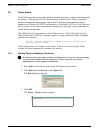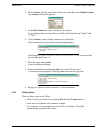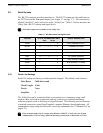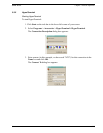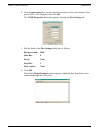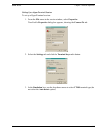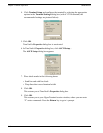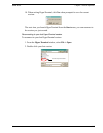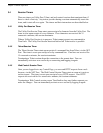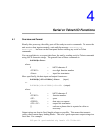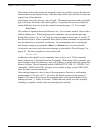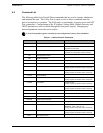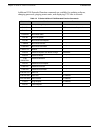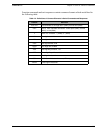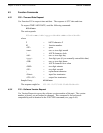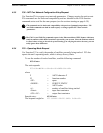
3-48 TimeVault™ User’s Manual 6000-100Ch3.fm Rev. D
Chapter 3: Remote Operation Session Timers
3.4 Session Timers
There are timers on Utility Port, Telnet, and web control sessions that terminate them if
there is a lack of activity. Any action you take during a session automatically resets the
timer, and it starts all over again. The timers and their interactions are described below.
3.4.1 Utility Port Session Timer
The Utility Port Session Timer starts upon receipt of a character from the Utility Port. The
timer is reset upon receipt of every character. If no characters are received for 15
consecutive minutes, the session terminates.
When a Utility Port Session is in progress, Telnet cannot execute any commands to
TimeVault. The Utility Port Session must end before full Telnet access is possible.
3.4.2 Telnet Session Timer
The Telnet Session Timer starts upon receipt of a command line from Telnet, via the NET
Port. The timer is reset upon receipt of every command line. If no lines are received for
15 consecutive minutes, the session terminates.
Terminating a Telnet session drops the connection to the remote host. You can
immediately activate a new session by re-connecting and logging in again.
3.4.3 Web Control Session Timer
Once you are logged in to any Control Page, you can send HTTP requests from a web
browser, via the NET Port. The Web Control Session Timer starts as soon as it receives
such a request. The timer is reset upon receipt of every HTTP request. If no HTTP
requests are received for five consecutive minutes, the session terminates.
Terminating a Web Control session causes TimeVault to deny any further requests you
make for changes. You can immediately activate a new session by logging in again.



